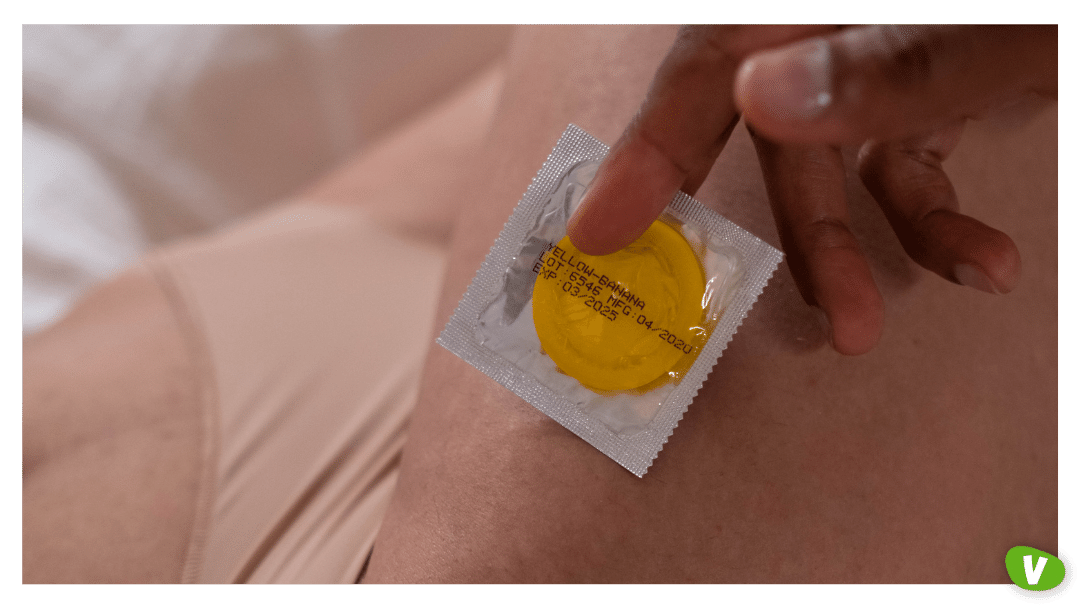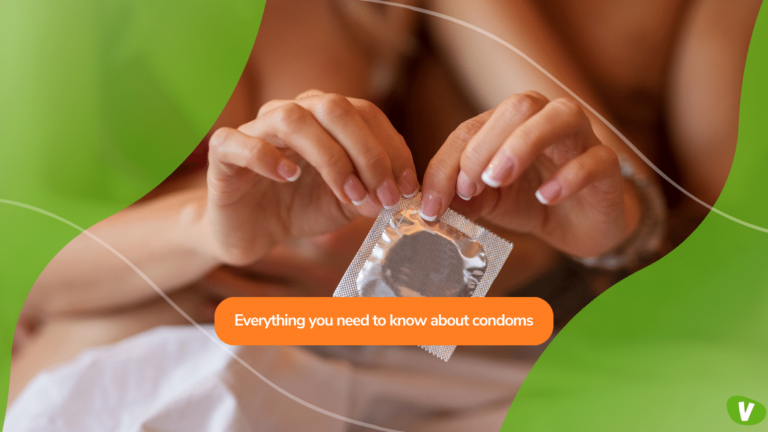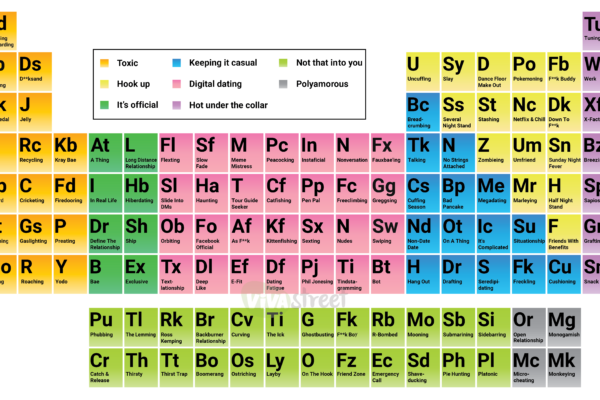You probably know what a condom is. But how much do you really know about this type of contraception?
There’s a pretty open conversation around condoms these days, but some people are still squeamish about this form of contraception. However, the humble condom has an interesting backstory, and it’s generally important to know its ins and outs if you’re having sex. Sex education is vital to a healthy sex life.
- What are condoms?
- What were the first condoms like?
- Different types of condoms today
- The benefits of condoms
- The takeaway
We’ve created this article to ensure you have the lowdown on everything condom-related. From the many types to their history, you’ll be a condom expert when you’re done reading.
So, get comfortable and keep reading.
What are condoms?
Forget everything you learned in health class. Here’s the actual lowdown on condoms.
Condoms are a “barrier” method of contraception, and they can be external and internal – but more on these types later. Most condoms are made from very thin latex. However, they’re also available in polyisoprene, polyurethane, and lambskin, as 1-6% of the population has a latex allergy.
Fun fact: Condoms are the only contraception that protects you against STIs and pregnancy.
Why are condoms so important?
If you haven’t noticed already, condoms are very important. They’re at the centre of sexual health and pregnancy prevention as they’re the most affordable and accessible contraceptive.
As a barrier method, they prevent the transmission of many STIs, including chlamydia, herpes, HIV, gonorrhoea, and many other infections. So, wrap it up to ensure you’re practising safe sex.
The security of a condom empowers you to engage in positive sexual behaviour without risks. This is crucial for a healthy sex life, as you can jump under the covers without worries. It also allows you to experiment with different positions and sexual dynamics while staying protected and healthy. But don’t forget – consent is also needed for any healthy sexual experiences.

What were the first condoms like?
The first condoms were so close, yet so far, to the contraceptives we know and love today. From animal intestines with ribbon fastenings to American tips (early rubber condoms that only covered the glans of the penis), humans have used a weird and excellent range of condoms throughout history.
Here are the highlights:
Studies suggest that homemade animal intestine condoms have been on the menu since mediaeval times. However, some sources hint that these unusual condoms were first used in tenth-century Persoa. They sound strange to our modern ears but were thin, flexible, and prevented pregnancies. What more could you want? You can still buy lambskin condoms today, so don’t knock them until you’ve tried them.
Intestinal condoms were the primary method throughout history until the mid-1800s. In this period, condoms became more modern as Victorians used them for disease and pregnancy prevention. However, they were associated with sex work and rarely used for family planning.
Rubber condoms appeared in 1858, but they had a seam down the middle, which made them uncomfortable for both parties. Luckily, in the late 1800s, condoms made from thin rubber appeared, giving the wealthy elite a more comfortable experience.
Condoms didn’t hit the masses until the 1930s, but doctors usually prescribed them to “prevent disease spreading”. Buying condoms only became popular in the 1980s with the AIDS epidemic.
Enjoy sex history? Check out the history of escorting here.
Different types of condoms today
The main two types of condoms are external and internal condoms. External condoms are the most popular, and these are worn on the penis. However, internal condoms (also known as female condoms) are also available. These go inside the vagina or anus, hence the name “internal”.
However, these aren’t the only ways you can divide up condoms. You can find external condoms in various shapes, sizes, and colours, allowing you to spice up your sex life while staying protected.
Here are some popular categories of condoms:
- Spermicide condoms – Standard condoms protect you against pregnancy. But if you want extra protection, you can buy spermicide condoms. These options are coated with “nonoxynol-9”, a chemical that kills sperm and lowers pregnancy risk. But be aware this does irritate some genitals
- Lubricated condoms – Most condoms have a little lube to ease penetration, prevent pain, and lower irritation. You can add your own lube to condoms, but make sure you use water-based lube, as oil-based lubricants can damage condoms
- Textured condoms – Condoms don’t have to be plain. You can buy ribbed and studded condoms to enhance the feeling of sex. These boost pleasure for both genders and are a great way to add some unique fun to the bedroom
- Flavoured condoms – Condoms aren’t only for penetrative sex. They’re also great for staying safe during oral sex. Flavoured condoms improve the experience of giving oral sex via a tasty aroma. Common flavours include strawberry, pineapple, berry, and watermelon
- Coloured condoms – If you want to enhance the visuals of sex, try coloured condoms. Instead of being clear or skin coloured, these condoms come in bright colours. But they’re not always flavoured
- Novelty condoms – Novelty condoms include wacky designs of flow-in-the-dark colours. These are fun to use, but purchase them from an approved vendor, as some might not be tested to high standards

The benefits of condoms
Now you know what condoms are, their history, and their many forms, it’s time to round up their benefits.
Remember these next time you see a pack at the supermarket:
- Dual protection against pregnancy and STIs
- Promotes communication between partners
- Stigma-free – Today, condoms are an accepted contraception method
- Affordable and easily accessible
- Private and discreet to store
- Non-hormonal birth control – perfect if you don’t react well to the pill of hormonal IUDs
- Lots of options to enhance sex
- Environmentally friendly options are available
Do condoms expire?
Condoms are very advantageous, but there is one downside to them – they expire.
If you’ve owned a condom for a while, you should always check its expiration date to avoid it breaking. After time, the condom materials start to break down, and this breakage can lead to unwanted pregnancy or STIs. You can find the condom’s expiration date printed on the packaging.
Typically, condoms last between three to five years. So, if it’s been sitting in your wallet for a while, wipe the dust off and check the date. You’ll thank yourself.
The takeaway
Hopefully, this guide has brought you up to date on all things condoms. Will you use one in your next romp? Or do you favour a different type of birth control? Let us know in the comments.
Stay updated with the latest sex and relationship news on the Vivastreet blog.





